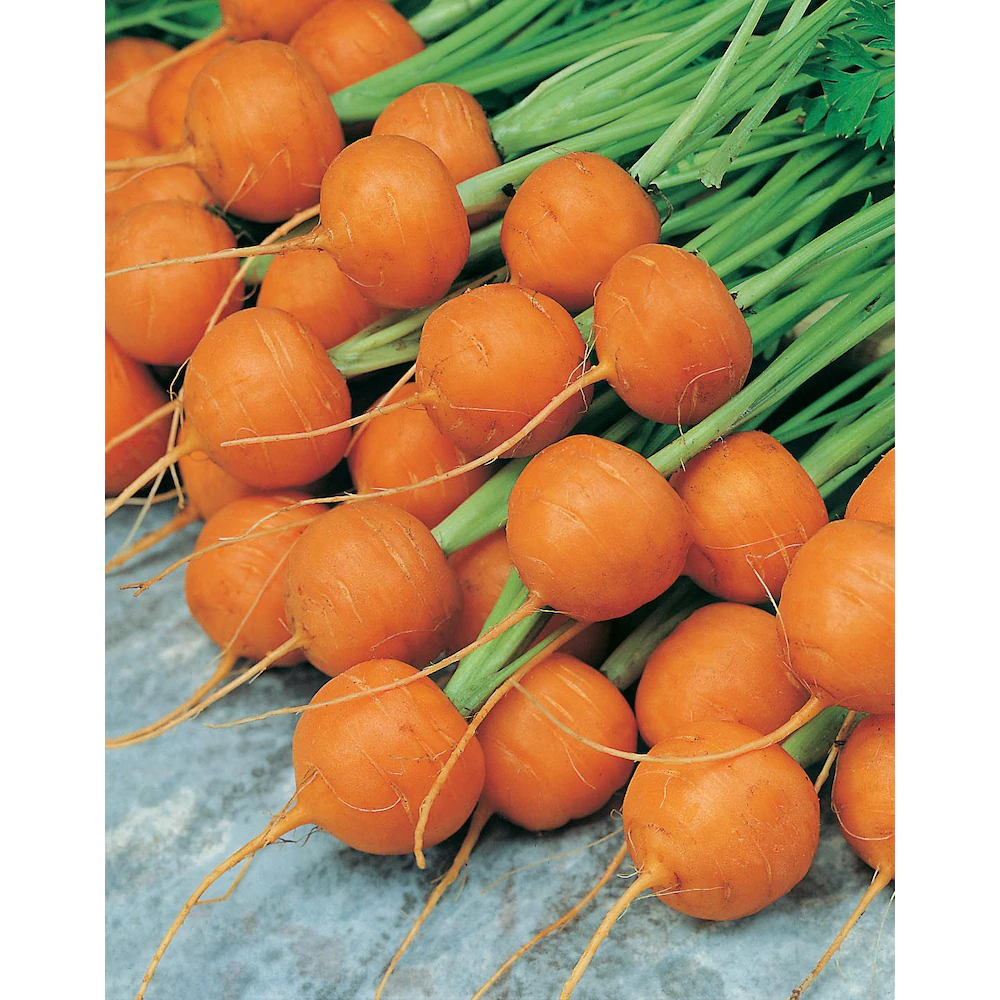By Caitlin Rothermel
It can be challenging to garden when you have young children, but you also want to get them excited about growing things. It’s a dilemma.
It is totally possible to introduce small, focused projects that can be fun for everyone. Like carrots. They can fit into small or otherwise hard-to-use spaces, and there’s just enough time left now to start a crop before the weather turns.
Carrots can be grown just about anywhere that there’s room beneath the soil – they don’t need a dedicated site, and they are okay in partial shade. Since it’s the time of year when we’re harvesting things and other plants are maturing, there are patches of space opening up. Like where the onions or garlic use to be, or underneath the broccoli that’s quite tall at this point.
Take advantage of these empty spaces and your existing plants verticality or “up-ness.” Don’t plant them where root vegetables are now growing – too crowded and too much competition for soil resources.
After you pick some good spots, the first, essential step is to loosen the soil. The biggest barrier I’ve found to growing carrots in our area is compacted soil (due to the rain pressing down on the earth for so much of the year). You can do this soil-loosening on your own ahead of time, or if it seems safe and fun, work with the kids to do it using satisfying tools like a Hori Hori.
Treat your loosened soil like a baking project and make it more special by mixing in a few special ingredients. Definitely add some new compost. To be super-fancy, add some worm castings, Epson salt, or Azomite mineral mix.
Set yourself up for success and plant your carrots in places that you already water, or that are easy to remember to water. Not all of the carrots will grow, and that’s okay.
If you want to just dip your toes into carrot-growing, you can buy a few cloth planting bags and use those instead.
This time of year, it is best to use carrot types that mature quickly – in fewer than 65 days – and that grow smaller (4-6 inches). Atlas carrots are another good option; these are the shape and size of golf balls.
You can also make your future more colorful by planting red or purple carrots in addition to orange. Go for quality, not size. When they’re harvested, the kids will love them either way.

